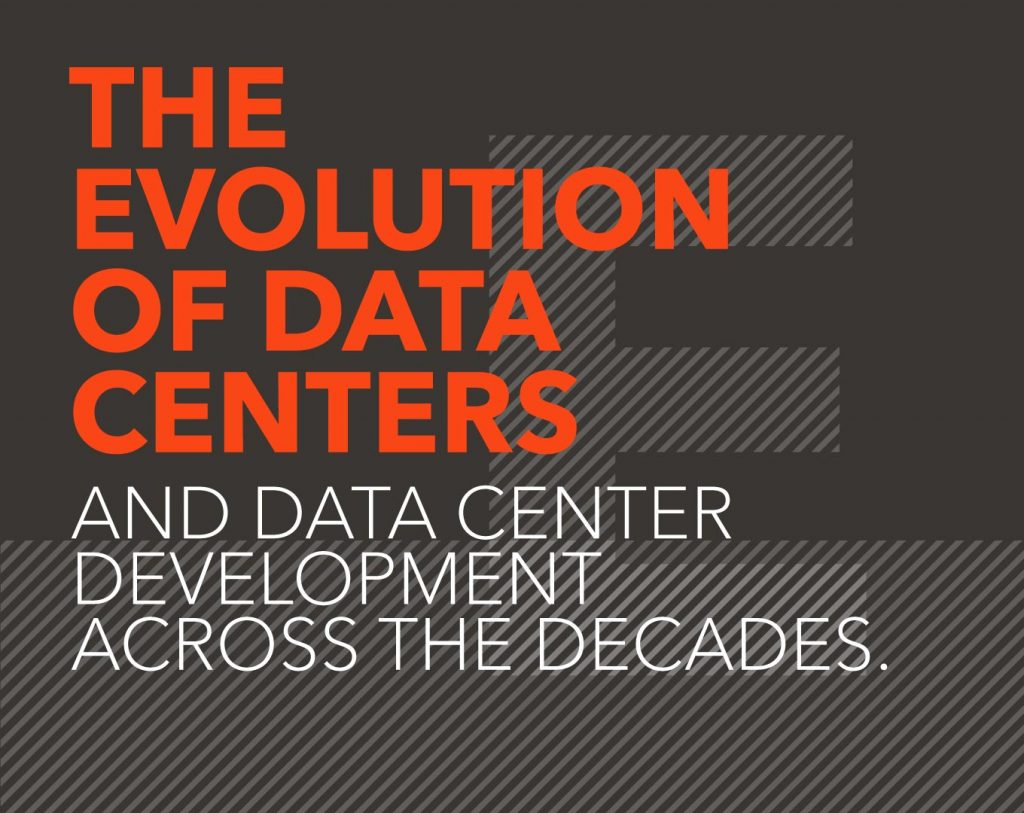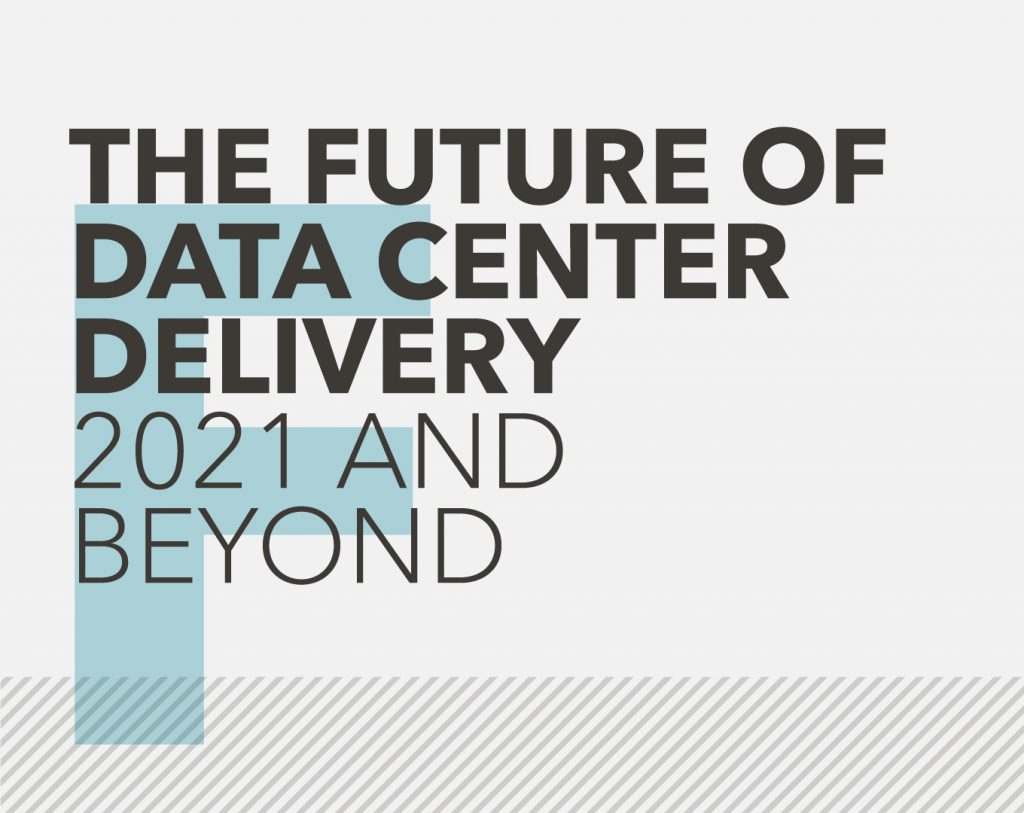The Asia-Pacific Boom: Yondr’s Regional Vice President on strategic growth trends in APAC
By: Patrick McCreery
Things are changing in the Asia-Pacific region (APAC). Businesses and consumers are joining the digital economy in droves. The internet penetration rate is double what it was 10 years ago, with 64% of residents online. Digital banks have been licensed for the first time in Indonesia. And data center investment peaked at 1.8 billion dollars in the first half of 2021, which was equivalent to 80% of total turnover in 2020.
But the lack of segmentation between colocation spaces and dedicated infrastructure means owners and operators are playing in each other’s back yard; securing customer workloads anywhere they can, without sourcing their ideal site. Places like Singapore rely heavily on legacy infrastructure which is riddled with inefficient cooling components and limited power options.
Very soon, businesses housed in colocation sites will want to expand beyond their shared spaces. But that’s tricky to do as a tenant of an outdated asset. At the same time, colocation sites provide a vital stepping stone to offsite customer workloads for growing businesses.
Here’s what I think the data center industry could look like in APAC over the next 12 months.
The rise of dedicated infrastructure
The pandemic led to a scramble for capacity, as cloud storage first-timers secured colocation tenancies, and established tech companies moved into data centers of their own.
Now that we’re past the initial shockwaves of the pandemic, clients can begin to assess their growth strategy in APAC. While colocation spaces are ideal for clients that aren’t ready to own their asset, tenants have very little control over how these sites are managed.
There are limitations on what can be housed in shared infrastructure, and what is dedicated to a specific customer. For digital companies that need to take more control of their growth, dedicated infrastructure is part of the security and control of data critical to their reputation.
Service providers can differentiate between cooling and design innovations depending on customer requirements. Which means investment is aligned with the specific needs of the customer, and capital expenditure is limited to services and infrastructure upgrades that truly add value.
In 2022, service providers will offer dedicated infrastructure engineered as closely as possible to fault tolerances, performance, and latency requirements of each application. When you look at the booming digital markets, rise in online gaming, and dependence on internet banking, the only way forward for APAC is dedicated infrastructure.
Expanding the ecosystem
In a post-pandemic world, emerging markets are quickly becoming established ones. So let’s talk about frontier markets – locations clients haven’t dared to dream of yet.
There are two sides to being the first player in a new market. You either set the tone for future developments, by combining global expertise with local knowledge. Or your project stalls because you lack the cultural, political, and geographical understanding to know how to do a deal in a new country.
The challenge for hyperscale clients is finding high quality partners who can meet their development standards. It’s why they need partners that have experience in the APAC markets, and can support their market entry into new growth markets.
Beyond the physical infrastructure, clients need dedicated customer experiences that match those found in mature markets. But they also need their service providers that have local partners who can help them de-risk market entry, and improve local supply chains in frontier markets.
In 2022, industry players will need to explore and refine new partnerships with both local and global peers to build better data centers, and capitalise on new opportunities in frontier markets.
Repositioning the industry
As one moratorium ends in Amsterdam and Singapore. It’s clear from recent government guidance that new data centers must be engineered more efficiently and support the workloads that stimulate local digital economic growth. Countries around the world are facing trade-offs between sustainability and support for growing dependence on digital technologies.
But Singapore is dominated by legacy data centers, which aren’t nearly as energy efficient as newer developments. Cooling components and energy options are multiplying, which means data centers no longer need to drain as many resources. So while the moratorium presses pause on new builds, it also limits the development of more sustainable, future-ready infrastructure.
Moratoriums could shut down conversation between data center developers and municipalities, or we could use these bans to stimulate conversation about how we build in line with a wider range of goals. Sustainability needs to be designed into the data center industry, and not just an afterthought. As part of this integration, we can help to test and promote new methods of cooling, enhancing PUE metrics and conserving resources.
Data is intrinsic to our everyday lives, and it’s vital our industry can convey this value to governments and decision makers. Countries need a robust data centre industry to support the digital economy, jobs and economic growth. Over time, this will stimulate more investment in new forms of energy supporting the digital economy,
In Asia, supporting more investment in high capacity data centers and high capacity networks will continue to stimulate more cross border trade and growth. As APAC comes through its data boom, it’s time we brought structure and strategy to the region fit for 2022.



